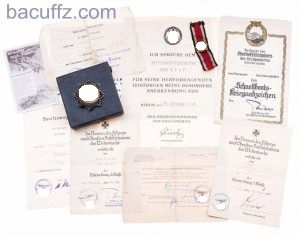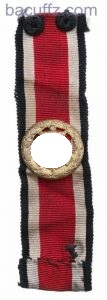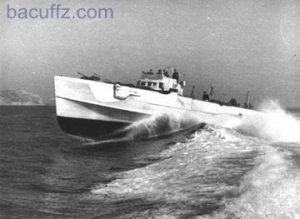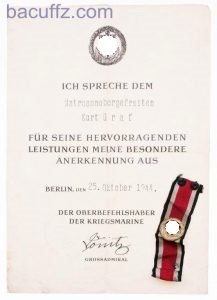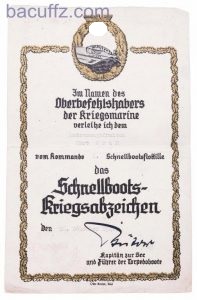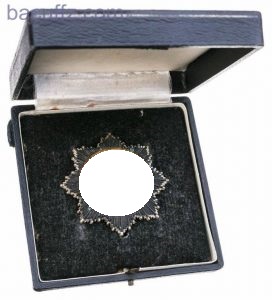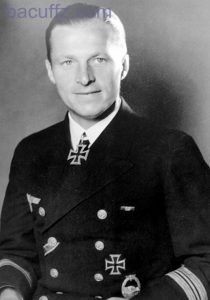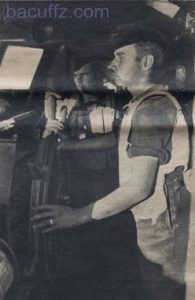Hi Gents,
winter time is coming and that is always the beginning of bringing your nose close to the books for research and reading interesting stuff about our hobby. I can tell you that the last three months were like a ride on I ship in stormy weather. Having a full time Job and besides starting a new business with my friend and partner Dennis is not so easy.
For those of you who are thinking about starting an Auction House with a real building where you can sit down and raise your hand to get something you are looking for, don’t do it……;-)
So much work and money to get it going…..incredible to tell you all the problems you can find on your way to the finish line. But if it works it will be somethings special.
From working on lights and electronics up to the right software for your frontend and backend is pure horror. Little things like getting somebody to work on you outside signs or get all the paperwork together in the local town hall making you crazy.
A really positive thing is that we found the best employee’s you can wish for. Finding people who love what they are doing is a pleasure to work with.
The workload and my duty time in the German Navy left not much time to study badges and write something about it on the BLOG.
About four weeks ago I wanted to do a special on the honor clasp of the army, but I did not find the time. Finally, I put the story of Feldwebels Theodor Kurpisz in the blog which was close to the topic honor roll clasps.
Enough wailing, let`s get it on.
I had the opportunity to look over the information what the WAF Member “Honor” brought together.
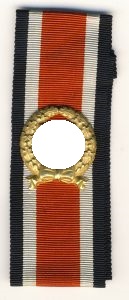
I don’t want to steal it all, so I tried to get in touch with him. The idea was that he writes something about the Honor Roll Claps here on the blog. But no chance to get in contact with him. So all I put in here is 80% from HONOR, so all the credits to him and not to me. “Thanks buddy for the very good research on that topic”.
Also “Norm F” from Canada and “90th Light” from New Zealand did a good job putting even more information together. Also a big credit to them for the great work.
With that much of data and pictures I put it all together in a more “light” information blog on that topic. I don’t want to go THAT deep in it because my friend Brian Razkauskas works actually on a book about clasps.
So if you read this and you like what you see, do the next step and buy his book as soon as it is on the market. I will let you know asap.
Ok, let`s start with some historical background on the honor roll clasp itself:
The „Ehrenblatt der deutschen Heeres“, (Honor Roll of the German Army) was established in July 1941. These lists were created as a record of honor to register the names and heroic actions of personnel who performed extraordinary service in combat. Although considered a great honor to be registered on these lists there was no insignia awarded to the personnel as a visible sign that they were listed on the honor roll. This was remedied by the army on January 30th, 1944 by creation of the „Ehrenblatt-Spange des Heeres“, (Honor Roll Clasp of the Army). The clasp was designed to recognize heroic acts by those who already held the Iron Cross 1st and 2nd classes, but for which the German Cross in Gold or the Knight’s Cross would not be suitable. The Honor Roll Clasps were worn mounted on an Iron Cross 2nd class ribbon and worn inserted through the second top front closure button hole of the field-blouse and service tunic. It is estimated that the army awarded just over 4,500 clasp in total before war end.
For me as a medal and badges collector it is always the goal to get one from the army, one from the Luftwaffe and one from the Kriegsmarine (by the way the Kriegsmarine has not an Ehrenblattspange, there it was the Ehrentafelspange).
But to be honest I did not buy one in the last five years for my collection. Always when somebody offered a nice one, I passed it and spent my small collector money for other awards.
But looking closely to the honor Roll claps of the Army, you can see some different ways they were manufactured. That is good to know if somebody offers a nice one to you but you have no idea that this is a real one made by a different maker and you pass on it.
Using HONOR´s Information and some other sources we have actually FOUR different Honor Roll claps of the Army /SS.
- Two-piece Construction, massive Swastika molded to the outer circular oak-leaf wreath. Pins are round wire and sharp at the end. Arms of the swastika are granulated /grainy. Maker is the company Otto Klein, Hanau.
- Two-piece Construction, massive Swastika molded to the outer circular oak-leaf wreath. Pins are round wire and sharp at the end. Arms of the swastika are NOT granulated /grainy. Maker unknown. Possible Juncker made clasp.
- Hand cut out, one-piece construction, hollow swastika in a hollow circular oak leaf wreath. Pins are flat wire short and sharp at the end. You see that swastika is cut out by hand! Possible Juncker made Clasp.
- Trimming Stamp one-piece construction, hollow swastika in a hollow circular oak leaf wreath. Pins are flat wire long and not sharp at the end. Possible Juncker made Clasp
We go through the different models so you can actually see the differences in shape and also production details.
Let`s start with the most common Honor Roll Clasp Army / SS – to short it only HRC.
The maker is the company Otto Klein from Hanau, Germany. Always a two-piece construction which comes in a black case with a white inlet. The cross is massive and moldered to the wreath. Surface of the cross front side is flat and not “grainy”.
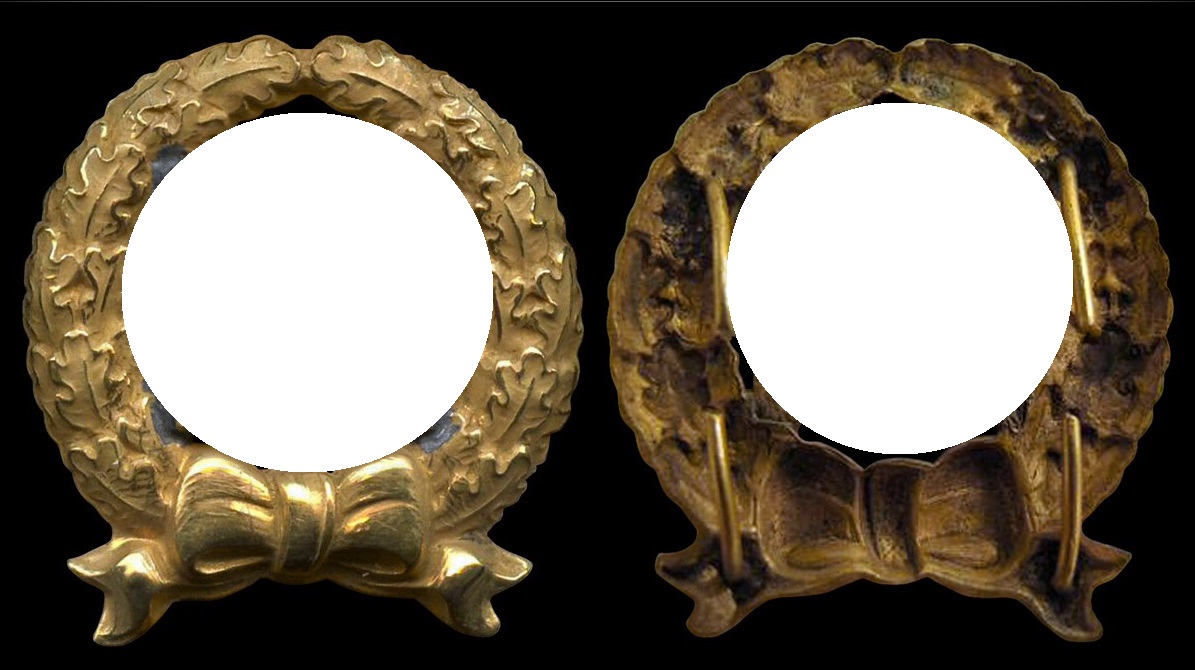
The second one also a two-piece construction. Massive cross in a hollow wreath, round wire prongs and you can see the “hand work” on the cross itself. The surface of the cross is “grainy”. As far as I can say that one was made by Juncker and it comes in a blue case with blue inlet.
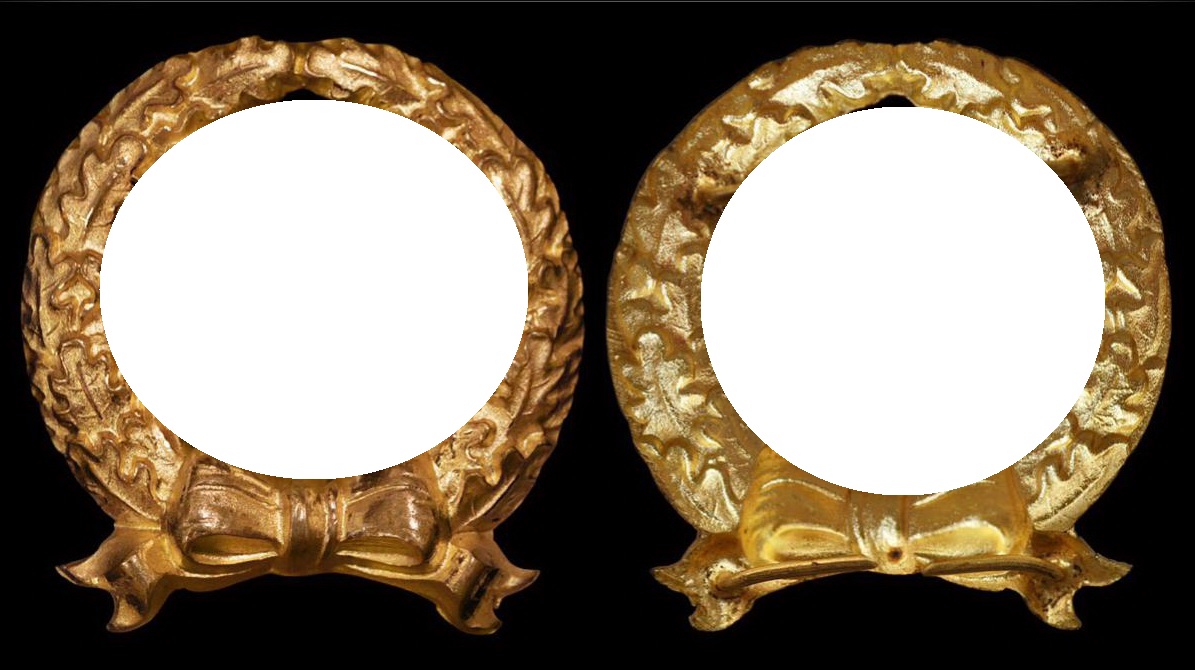
The third one is hollow made one piece HRC with short flat wire prongs on the backside. That one is a hand cut piece because you see the way the trimming tool was used to cut out the cross itself. Also possible Juncker made and found in a blue case with blue inlet.
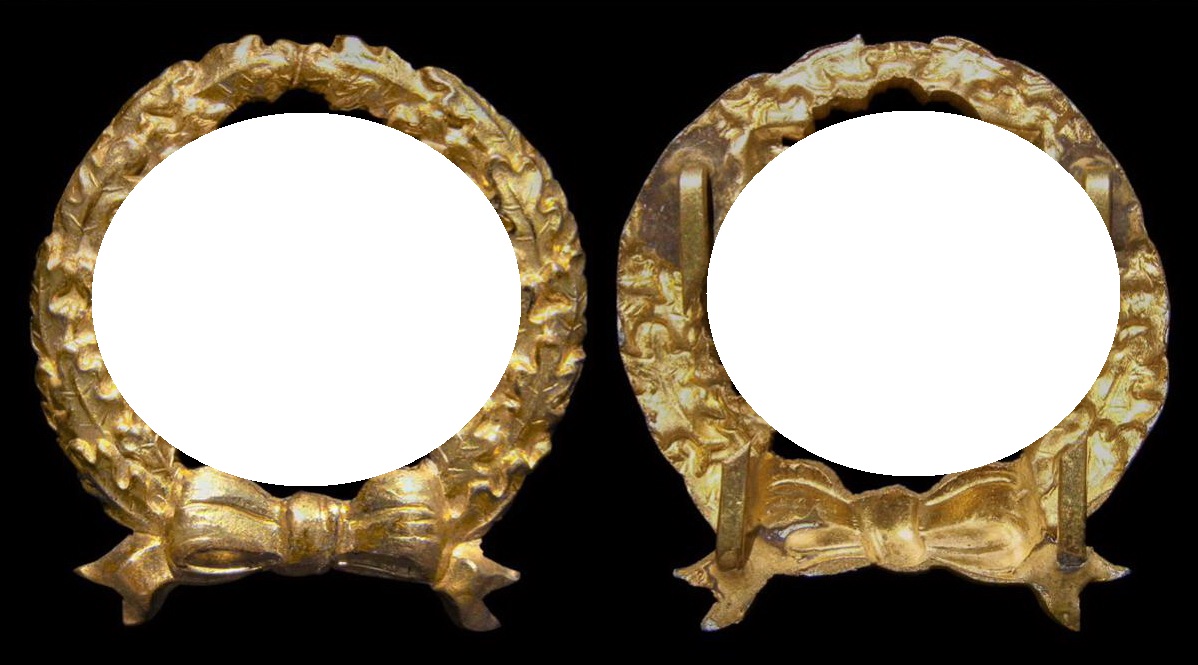
The last one is also a hollow made one piece HRC with flat wire long prongs on the backside. That one was made with a trimming stamp and there are no signs of hand work for the finish.
Also possible Juncker made and found in a blue case with blue inlet
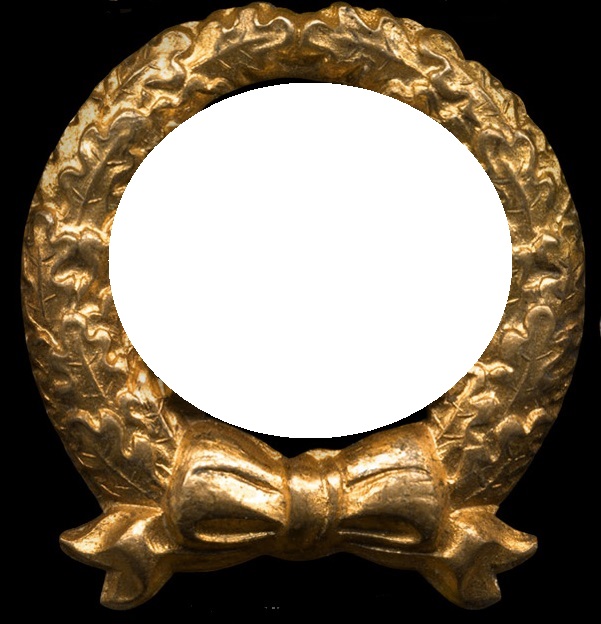
Here you can see the difference between trimming stamp and hand cut HRC, Zoom in for Details !
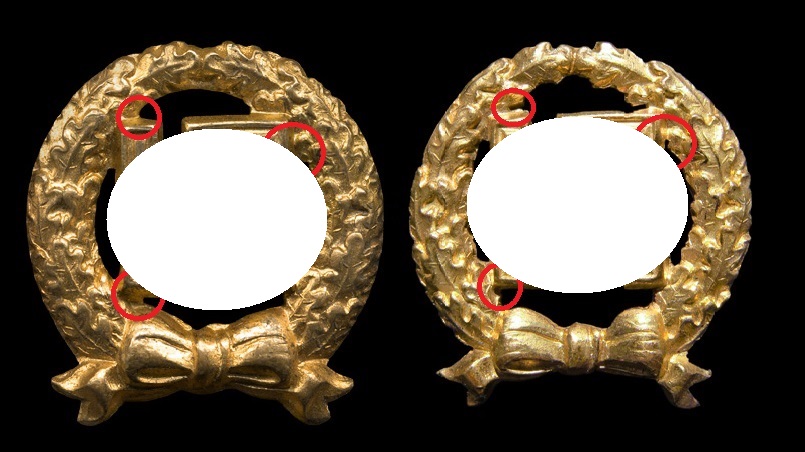
Finally, the backside picture to get an idea of short and long prongs.
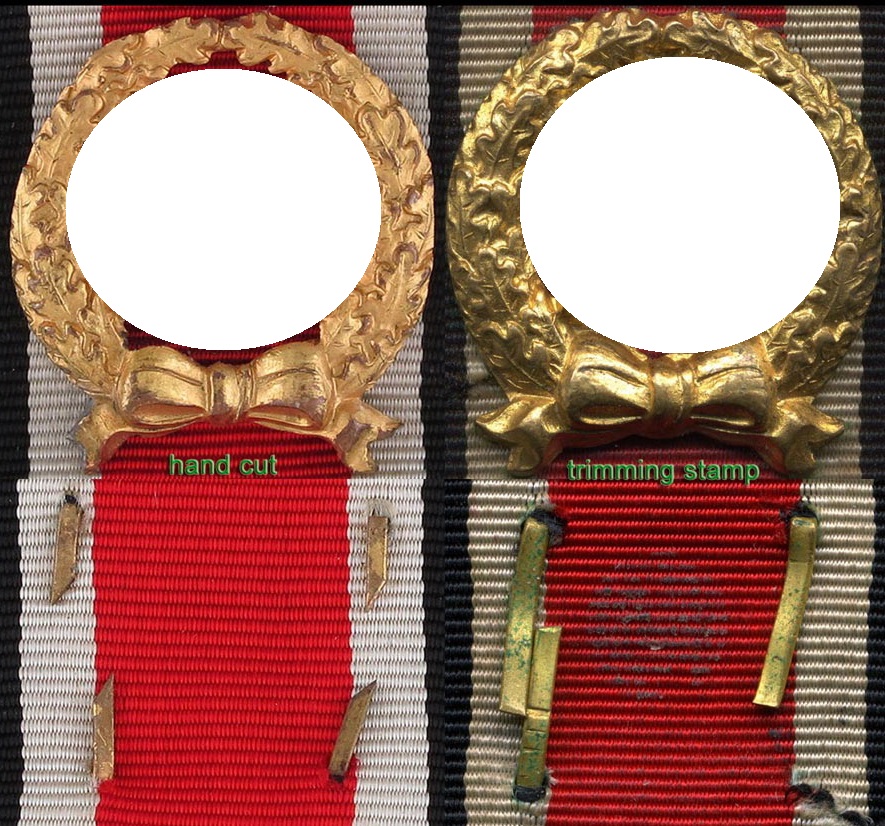
I think that might be deep enough to get an idea of the different models. Anything else like details on cases, packages and paperwork you will find in Brian’s book.
If you like what your read, give me a like on Facebook
Take care
Best
Sascha
„Subscribe“ / „abonniere“
